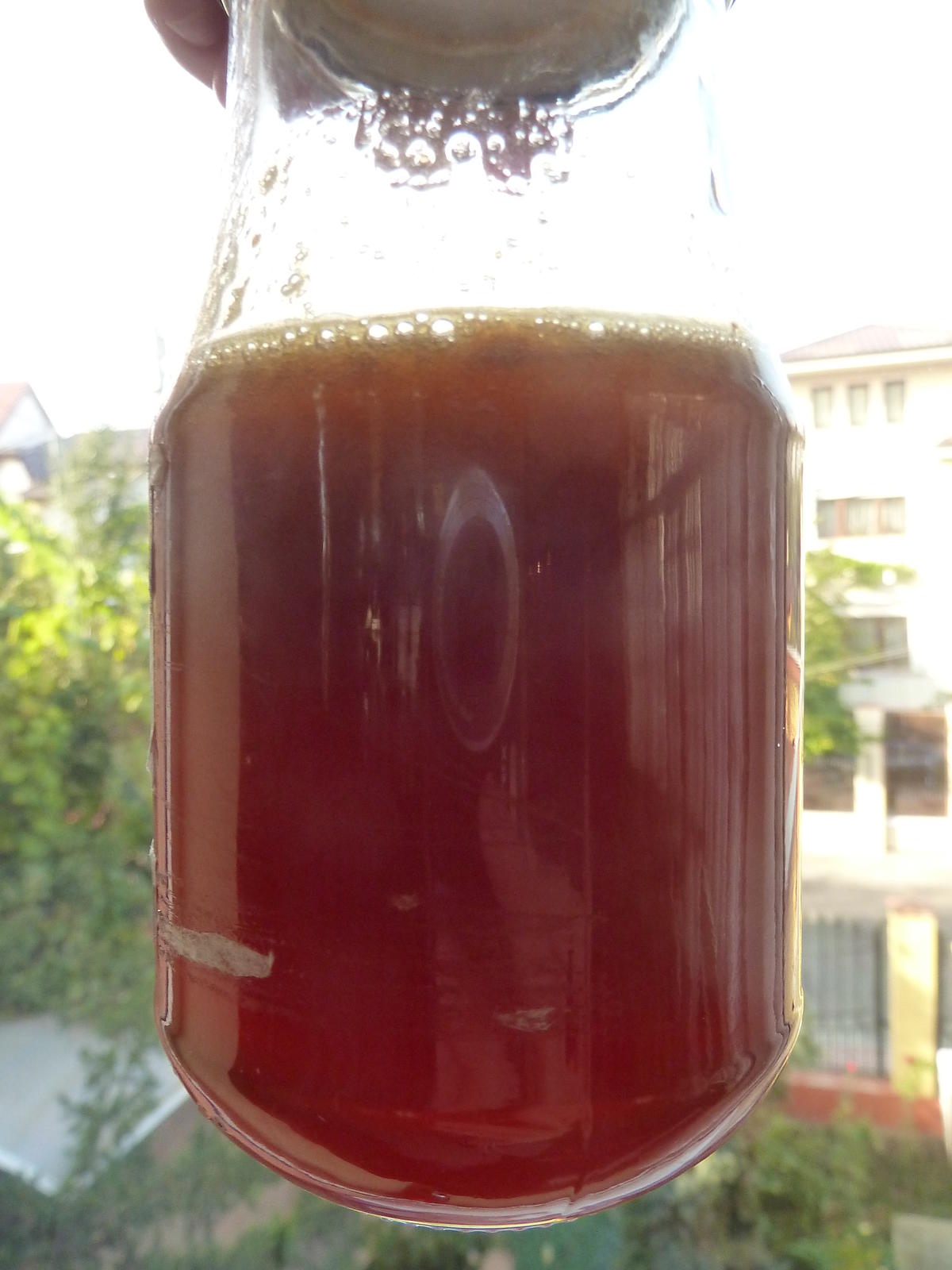i'm planing to make a dubbel, i want to make my own candi syrup, but i have a few questions:
1) i'm making it using 350gr of sugar, to calculate the abv how i proceed ? i will have 350 gr of sugars even if i add around 100 ml water ? so in the recipe calculator i add 350 cane sugar ?
2) do i have to add calcium hydroxide ? or works fine with lemon juice also ?
3) do i have to add yeast nutrient ? or will work without it ?
4) after boils start, i will cook it for around 8-10 min
will it be ok ?
its to hard to make it ? it is worth to buy it from shops ?
5) if i put the D2 in my recipe, it will darken too much my dubbel (38 SRM), what can i do ? i want to have around 18-20 srm, but still have the caramel, rum, chocolate taste from the syrup.
thank you !
1) i'm making it using 350gr of sugar, to calculate the abv how i proceed ? i will have 350 gr of sugars even if i add around 100 ml water ? so in the recipe calculator i add 350 cane sugar ?
2) do i have to add calcium hydroxide ? or works fine with lemon juice also ?
3) do i have to add yeast nutrient ? or will work without it ?
4) after boils start, i will cook it for around 8-10 min
will it be ok ?
its to hard to make it ? it is worth to buy it from shops ?
5) if i put the D2 in my recipe, it will darken too much my dubbel (38 SRM), what can i do ? i want to have around 18-20 srm, but still have the caramel, rum, chocolate taste from the syrup.
thank you !









![Craft A Brew - Safale S-04 Dry Yeast - Fermentis - English Ale Dry Yeast - For English and American Ales and Hard Apple Ciders - Ingredients for Home Brewing - Beer Making Supplies - [1 Pack]](https://m.media-amazon.com/images/I/41fVGNh6JfL._SL500_.jpg)


















































